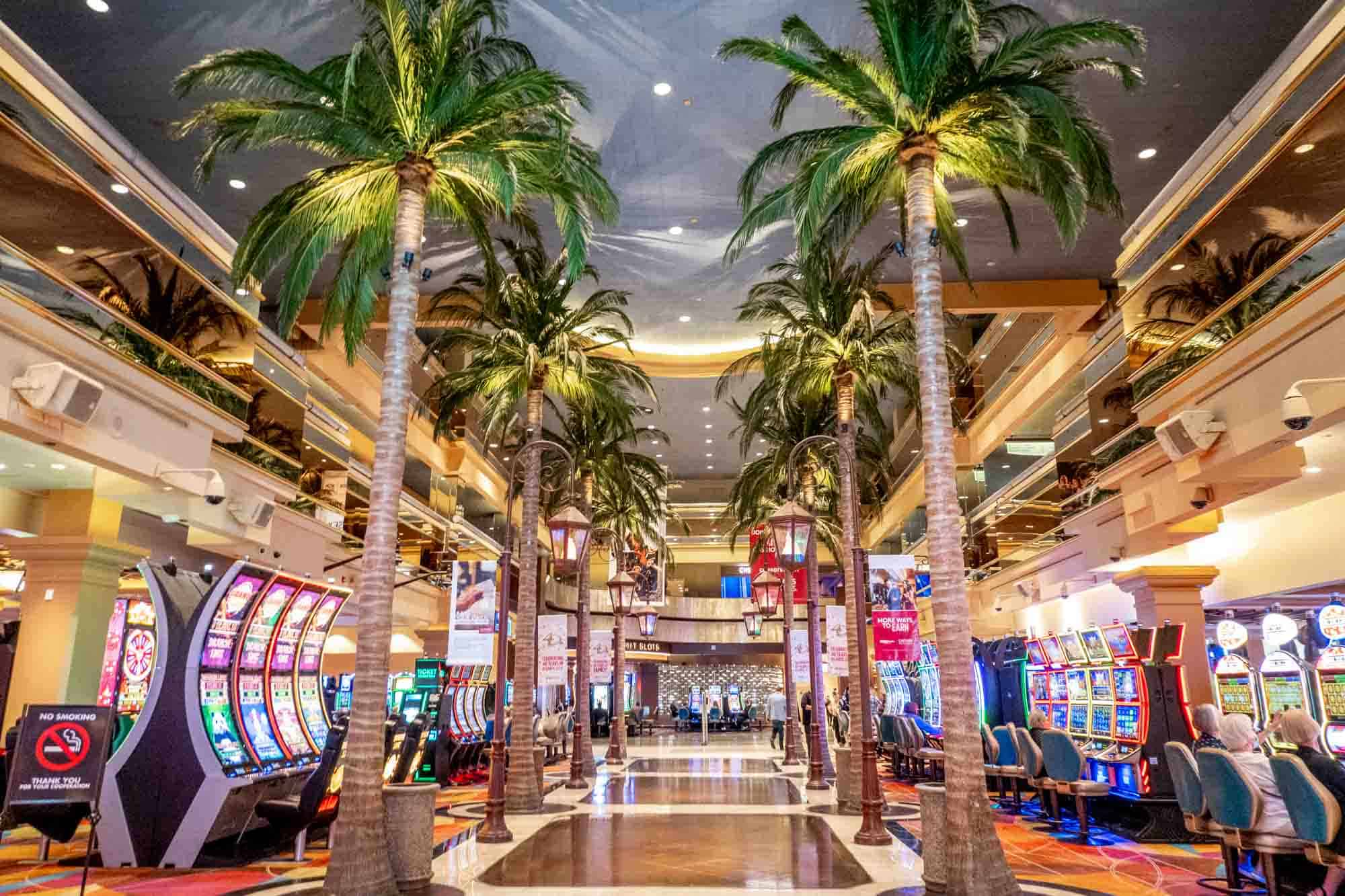
Gambling games have long captivated people’s attention, drawing players into a realm filled with luck, strategy, and the allure of excitement. trang chủ ga179 Each experience is carefully crafted not just for entertainment, but also to elicit targeted emotional responses that keep gamblers involved and invested. Understanding the drives behind these designs reveals much about how behavioral psychology plays a crucial role in the gaming experience.
From the dazzling lights and vibrant sounds to the complex layering of systems and incentives, casino games are designed to create an atmosphere of excitement and expectation. Game designers leverage mental cues to influence player behavior, whether through the use of jackpots, close-call situations, or social interactivity. By examining these factors, we can better appreciate how casino games fulfill not just a desire for entertainment, but deeper psychological needs for excitement and risk.
Comprehending Gamer Behavior
Casino games are crafted with a thorough understanding of player psyche, which is crucial for attracting and holding players. The thrill of the game, combined with the expectation of winning, creates a formidable draw. Game designers employ elements like sonic elements, colorful graphics, and immersive gameplay to capture attention and evoke emotional responses. These sensory experiences enhance the total environment, making players feel more attached in the game.
Another significant aspect of player behavior is the idea of risk and reward. Casino games often weigh high-stakes situations with the potential for considerable rewards, which can result in the occurrence known as near-miss experience. When players come within reach to winning, the brain releases dopamine, bolstering their behavior and motivating them to persist playing in pursuit of that hard-to-reach win. This cycle of hope and letdown plays a critical role in how games are structured and advertised.
Lastly, social factors also play a critical role in player behavior at casinos. Many games are made to be played in groups or with other players, fostering a sense of togetherness and collective experience. The community engagement inherent in games like poker enhances enjoyment and can lead to prolonged gaming periods. Designers capitalize on this by crafting environments that encourage players to linger, socialize, and return, making the overall casino experience more attractive.
The Role of Visuals and Audio
Visuals and sound play a vital role in improving the player’s experience within gambling games. Designers utilize bold colors, striking graphics, and captivating animations to attract players’ attention and hold their focus. The use of themes, such as exploration or luxury, helps create an engaging atmosphere that transports players into another world. By appealing to the senses, these elements add to a intensified emotional response, prompting players to interact more profoundly with the games.
Audio design is equally important in reinforcing the overall experience of casino games. The mix of ambient music, sound effects for winning combinations, and ambient noises creates an sound landscape that holds players enthralled. Sounds associated with victories, such as chiming bells or festive music, evoke feelings of thrill and reward, prompting players to continue playing. These audio cues are strategically placed to enhance the thrill of the game and create a more engaging experience.
Additionally, the alignment of visuals and sound is crucial for reinforcing the game’s overall theme and mood. Each element should align seamlessly to create a unified experience that pulls players in. The effective use of this synergy not only enhances user enjoyment but also increases the likelihood of repeat play, as players become more engaged in the immersive world that the gambling games offer. This thoughtful integration of imagery and sound ultimately enhances player involvement and loyalty.
Incentive Structures and Participation
The creation of casino experiences greatly depends on incentive systems to ensure players engaged and returning for additional experiences. These systems are based in psychological principles that take advantage of human nature and desire. Participants are often driven by the thrill of winning, which is reinforced by immediate responses through the game structure’s mechanics. This instant gratification not just enhances the gaming experience but also fosters a feeling of success, encouraging participants to keep playing in hopes of bigger rewards.
Casinos utilize various incentive systems, such as large payouts, bonuses, and multipliers, to engage participants. These elements create a level of excitement that sustains engagement. Additionally, the randomness of results plays a significant role in sustaining attention. The intermittent reinforcement schedule, where successes are unpredictable but happen often enough, maintains participants on edge and driven to continue participating. This cycle of anticipation and expectation is essential to the success of casino games.
In addition, community aspects, such as competitive events and collaborative options, boost the engagement factor by leveraging the desire to compete of players. The communal aspect of gaming with others can amplify the excitement of success and create a sense of community within the casino. By integrating these community elements with efficient reward systems, gambling experiences don’t just provide fun but also foster a deeper connection among participants, solidifying their commitment to the overall experience.

